Looking for genius tips and techniques in the world of tennis? One of the most underrated tips is the eastern grip tennis. Like your Western grip tennis and semi-western ones, this one holds the same importance on the tennis court. Hence, if you want to master this unique eastern tennis grip, you’ve come to the right place. This blog will show you amazing tennis grips and delve into amazing sharp techniques in the world of tennis.
Eastern Grip Tennis
This Eastern grip tennis was very popular during the 80’s and the 90’s in general. The Eastern grip unites history and innovation and is a timeless classic in the rapidly changing world of tennis grips. The Eastern forehand grip becomes a dependable ally. As players strive to dominate the court and perfect the art of topspin by carefully balancing power and accuracy. This grip, which has helped players through the highs and lows of the game, has endured through time. From the elegant strokes of Bjorn Borg to the contemporary ferocity of the courts. The Eastern grip, gripped firmly by the dominant hand’s index knuckle, is reliable for handling high balls or creating the ideal contact point. Now, pick up your tennis racquet, embrace the Eastern grip’s history, and let your forehand dance over the court with style and grace, leaving your opponent stunned.
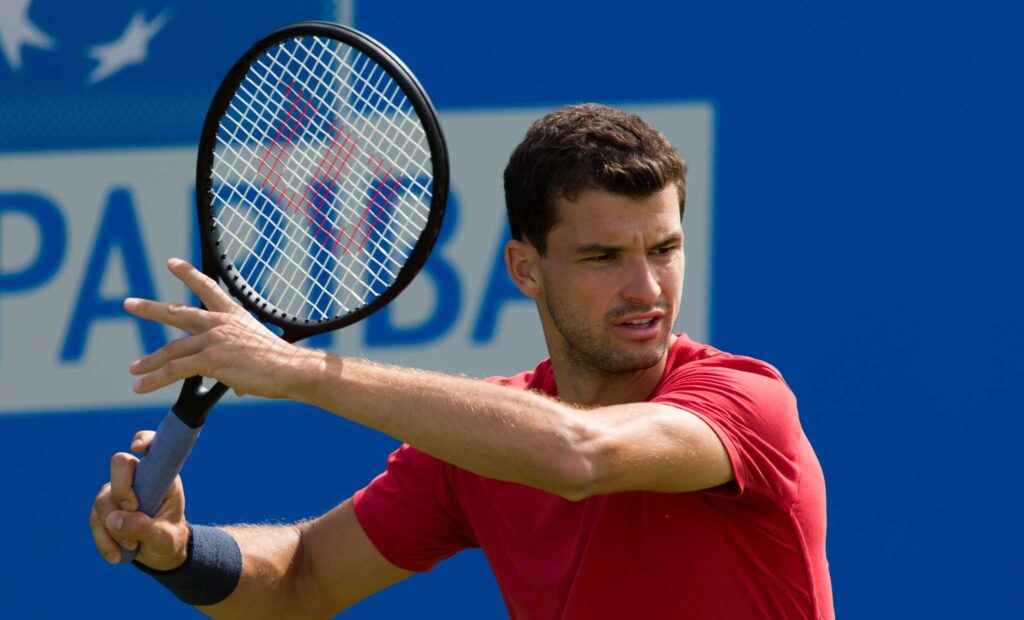
Finding the Eastern Forehand Grip
Tennis players who want to play offensive and varied strokes, like Roger Federer, must learn to grip the ball with an Eastern forehand grip. To find this grip:
- Grasp the racket’s throat with your non-dominant hand at waist height.
- Ensure that your hand is perpendicular to the ground so that bevel number one is visible.
- Move your heel pad and index knuckle onto bevel number three (or seven for left-handers) by rotating in a clockwise direction for right-handers or a counterclockwise direction for left-handers.
This exact positioning improves shot accuracy and efficacy by enabling optimal control and power generation.
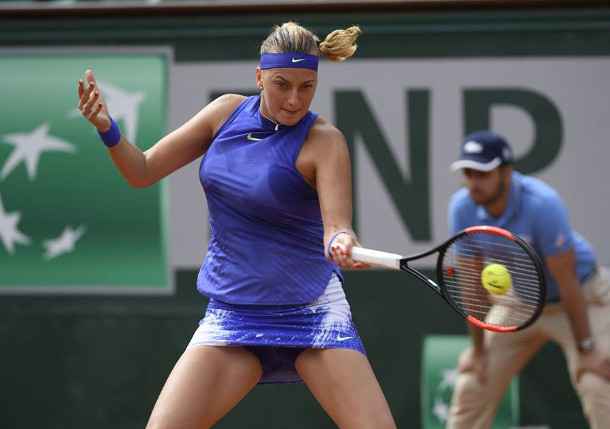
Crucial points to know the Eastern Forehand
- Keeping your non-dominant hand perpendicular to the ground, grasp the racket’s throat at waist height.
- Find angle number one and look at it directly to ensure you understand its orientation.
- Turn to bevel number three (or seven for left-handed) by moving in a clockwise direction for right-handers or a counterclockwise direction for left-handers.
- Place your heel pad and index knuckle using the proper angle to create a snug and comfortable grip.
- To reduce stress and promote fluid shot execution, keep your grip pressure loose.
Following these steps reliably enables players to acquire the Eastern forehand grip, which provides a strong basis for learning this adaptable and efficient stroke on the tennis court.
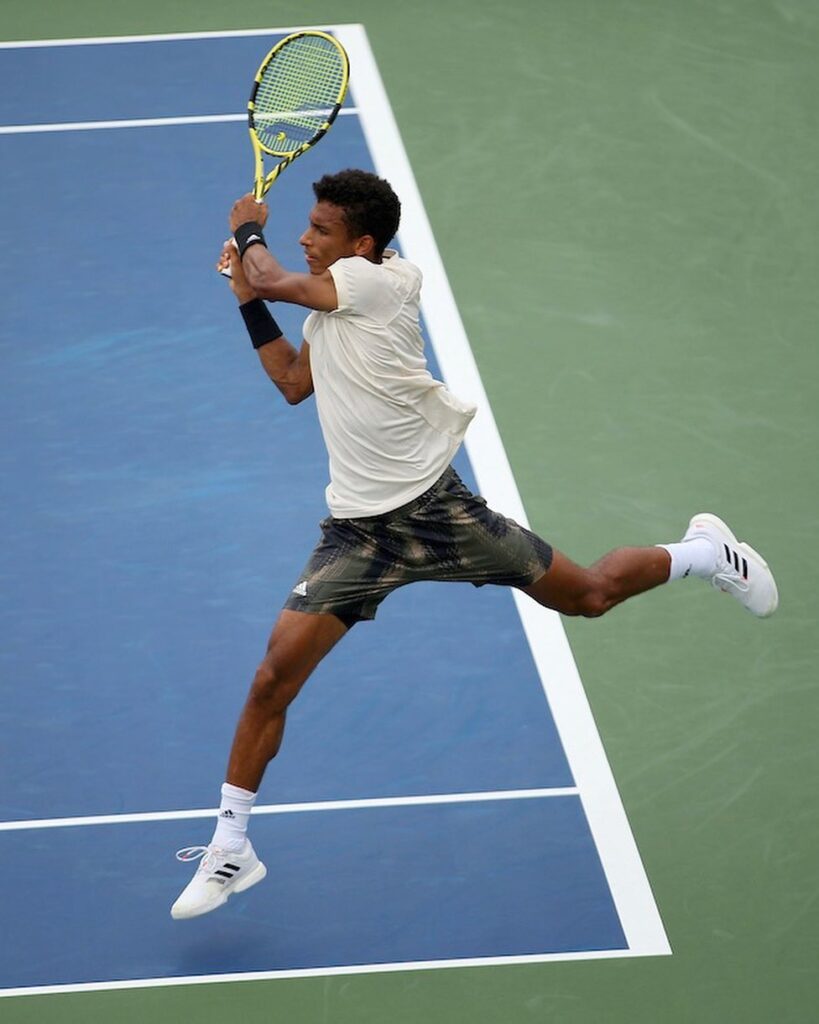
Finding the Eastern Backhand Grip Tennis
The Eastern backhand grip is an essential technique in tennis, particularly for players who use a one-handed backhand grip. Start by holding the racquet’s throat straight out in front of you with your non-dominant hand, slightly below shoulder height, ensuring the strings are parallel to the ground. This is how you find this grip. Grip the racquet with your dominant hand, keeping your wrist straight and positioning your heel pad and index knuckle on the first angle of the grip.
Compared to more severe backhand grips, this grip makes it easier to hit the ball at waist height and out in front of the body, which leads to comparatively flat shots. However, players can still produce topspin and adjust to different playing circumstances with experience. The subtle change from the Eastern backhand to the Continental grip is especially helpful for net play. The Eastern backhand grip is a great option for players of all ages and skill levels who want to become experts at all-court tennis because of its adaptability and versatility.
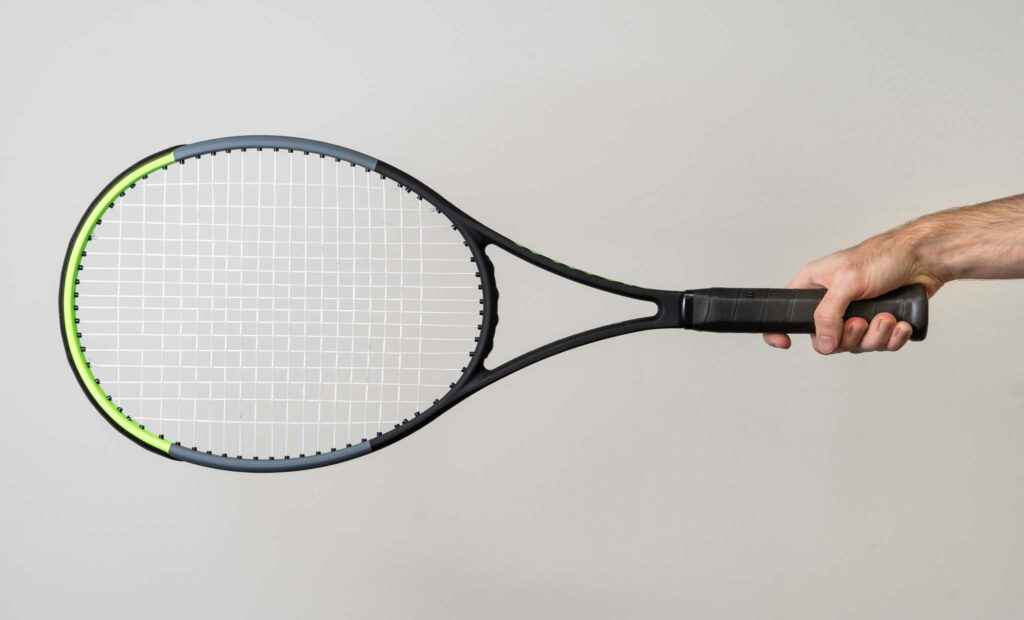
Tips to Hold the Eastern Forehand Grip
To keep the Eastern forehand grip in tennis, both novices and experts should first locate the third bevel (seventh for left-handed players) on the butt cap of the racket and make sure their index finger’s palm-side knuckle lines up with it. After the hand is in place, it should be comfortable to wrap around the grip, with the index finger’s base knuckle resting on the bevel. Keeping your grasp loose is important to promote flexibility and fluidity in your strokes. You should also ensure your palm stays parallel to the racket strings for maximum power and control. Maintaining a steady grip throughout the swing is crucial, as is practicing frequently to develop muscle memory and comfort. Although the Eastern grip is a good place to start, players should progressively experiment with different grips as they progress, keeping comfort and customization to fit their unique playing style as their top priorities.
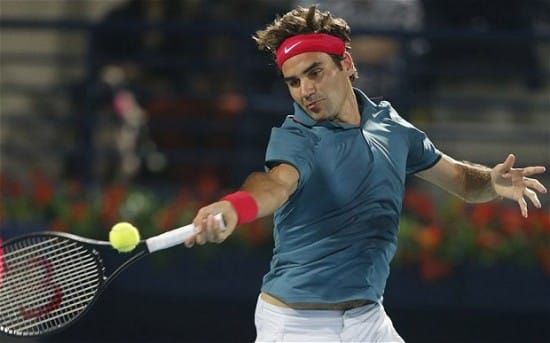
Players who use Tennis Eastern Grip
Tennis players who have used the Eastern grip have historically had amazing success on the court. This grip has contributed significantly to the domination of players, from contemporary superstars like Roger Federer and Ashleigh Barty to historical greats like Bjorn Borg and Chris Evert. See Roger Federer’s forehand grip. Its adaptability makes it possible for players of all ages to execute accurate volleys and forceful groundstrokes, which makes it a popular option. Due to its continued popularity and potency, the Eastern grip is still an essential tactic the world’s best tennis players use.
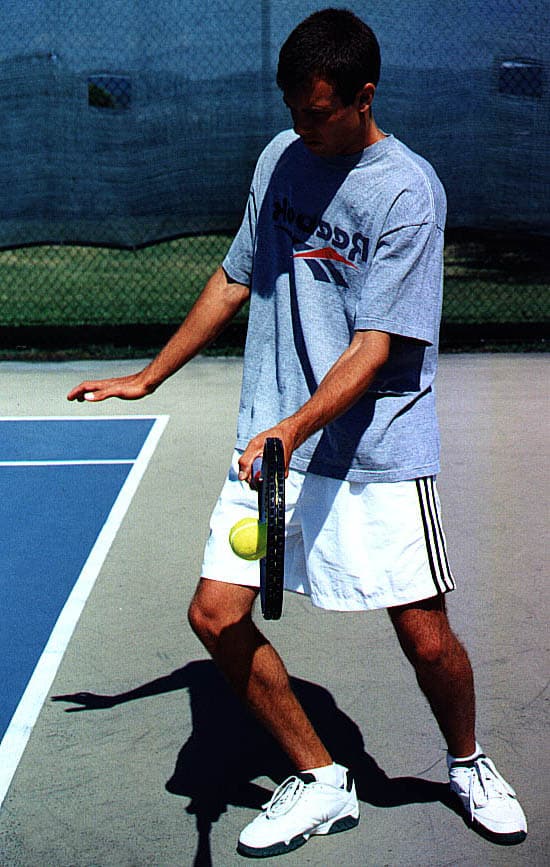
Final Thoughts
Are you prepared to reach your greatest potential and use your racquet like a pro? Take up the Eastern grip to improve your performance to unprecedented levels. The Eastern grip is a game-changer because it can control every shot, produce unstoppable topspin, and defeat high balls. It is your constant companion on the court, whether creating topspin or facing a constant onslaught of high balls. Holding the racquet is less important than using its potential to win the game.
The Eastern grip allows left-handed players to transition between forehand and backhand strokes, facilitating accurate execution and fluid movement. Right-handed players discover enhanced rhythm and power as they connect on every shot. The index knuckle takes center stage with each stroke, directing the racquet accurately and gracefully. You may control the speed and direction of play. Most importantly by, developing a second-nature balance between the Eastern forehand and backhand grips. Thus, the next time you take the court, adopt an Eastern grip, hold your racquet confidently, and let your play speak for itself. The Eastern grip allows you to elevate your tennis game, one flawless shot at a time, regardless of your experience level.